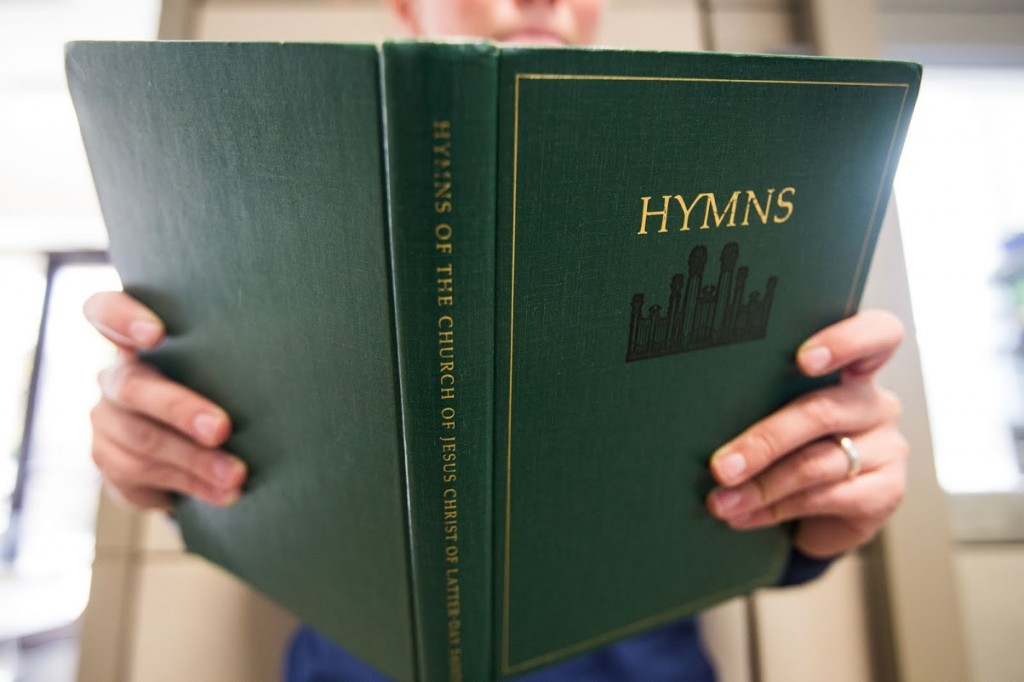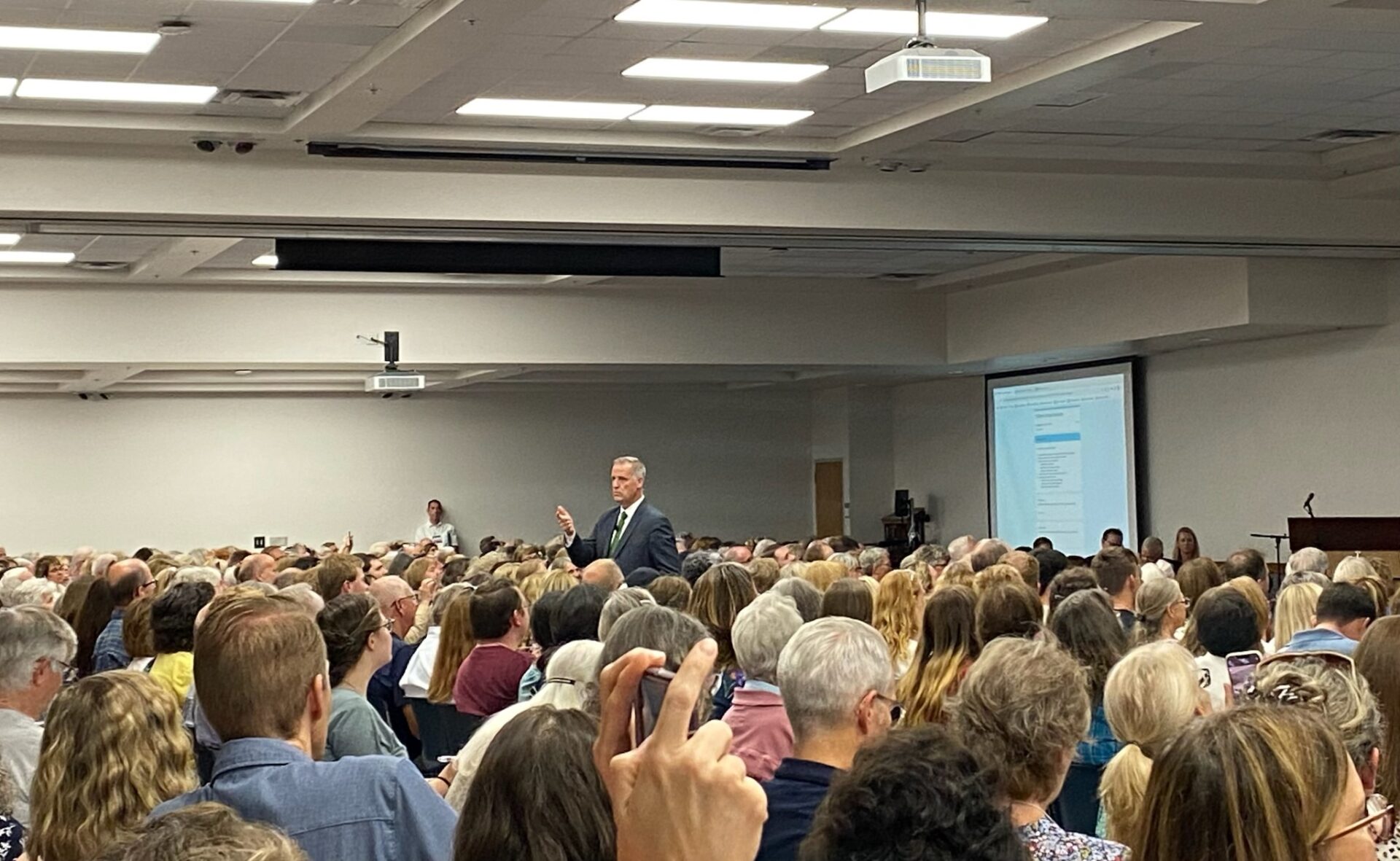
At Education Week, members of the hymnbook committee shared the process of making the new hymnbook and their plans to achieve global inclusivity.
A publication date for the new hymnbook has not yet been announced, but committee members say a press release with more information can be expected soon.
Edward Krenicky, a hymnbook committee member, shared the committee’s five goals for the sacred music: (1) increase faith in and worship of our Heavenly Father and His Son Jesus Christ; (2) teach the core doctrine of the gospel with power and clarity; (3) invite joyful singing at home and at church; (4) comfort the weary and inspire members to endure in faith; and (5) unify members throughout the Church.
According to Krenicky, these goals play a vital role in all decisions made in regards to the new hymnbook.
Krenicky said the committee is frequently asked if a new hymnbook is still going to be published and why it is taking so long. It has been more than five years since the initial announcement of a new hymnbook and children’s songbook, according to a statement made by the Church in June 2023.
Krenicky said that following the announcement, a survey was sent to Church members, the answers to which would aid in possible revisions. He said they received 48,000 responses to the survey and read every single one of them, which took some time.
Krenicky said that the COVID-19 pandemic also caused a temporary delay as the board had to shift from meeting in-person to meeting remotely and adjusting their other tasks. Due to the pandemic, they learned new, creative ways to work, which are now allowing them to work more efficiently than before.
One of the main focuses of the new hymnbook is global inclusivity.
“Gone are the days when we can manage translation and production from a small office in Salt Lake City,” Krenicky said.
According to Krenicky, the hymnbook committee enlisted people from all across the world in order to achieve that inclusivity.

He said the committee considers things like print materials, font and hymn translations in various languages. He said they had to figure out these things to assure that the new hymnbook is just as comprehensive in other languages as it is in English.
“How can you make sure that everyone sees themselves in this hymnbook regardless of race, nationality, socioeconomic status, gender. … We have to represent everything because the Lord’s children are everywhere,” Krenicky said.
According to Krenicky, the 1985 version of the hymnbook only exists in 43 languages; the translations took the Church 37 years to finish. The last language to receive the hymnbook was Mongolian, which was completed in December 2022.
Unlike the last version, Krenicky said that the new hymnbook will be released in all languages simultaneously.
Anna Molgard, a member of the hymnbook committee, described the process by which the 17,000 new submissions of hymns have been reviewed.
She said that while they greatly appreciate the submissions, not all will be chosen for the new hymnbook. She said the review process helped them to decide what additions would achieve their goal of creating a global witness of the gospel.
Molgard said the process consists of a blind review by teams across the globe. The reviewers are asked to rate how well the piece achieves the five goals of sacred music and to note any concerns about the music or text.
Of the initial 17,000 submissions, 900 continued on to be reviewed by the hymnbook and children’s songbook committees, according to Molgard. She said people who submitted pieces that make it to the final consideration will be contacted.
Hymnbook committee member Ryan Eggett said when reviewing new submissions and existing hymns alike, the committee analyzes a song’s sensitivity to cultures, gender and social issues. The committee assures that the song is authentic and relevant to members worldwide and that the music is “stylistically accessible across cultures,” according to Eggett.
Stephen Schank, a member of the hymnbook committee, said some hymns currently in the hymnbook are also undergoing revision. The committee analyzes the hymn’s compatibility with each of the five goals of sacred music.
If the hymn does not achieve the goals, they decide if it must be retired or if it can be revised. Such revisions may include changing the key or time signature to make the song easier to sing, or slightly changing lyrics to be more appropriate for current audiences, he said.
“Most of the changes are moderate, but some might be more significant, especially if doctrine needs to be clarified or be more inclusive because it’s not unifying members,” Schank said.
He said that while any suggestions to change current hymns undergo review by various committees, the decision to revise ultimately is up to the First Presidency.




